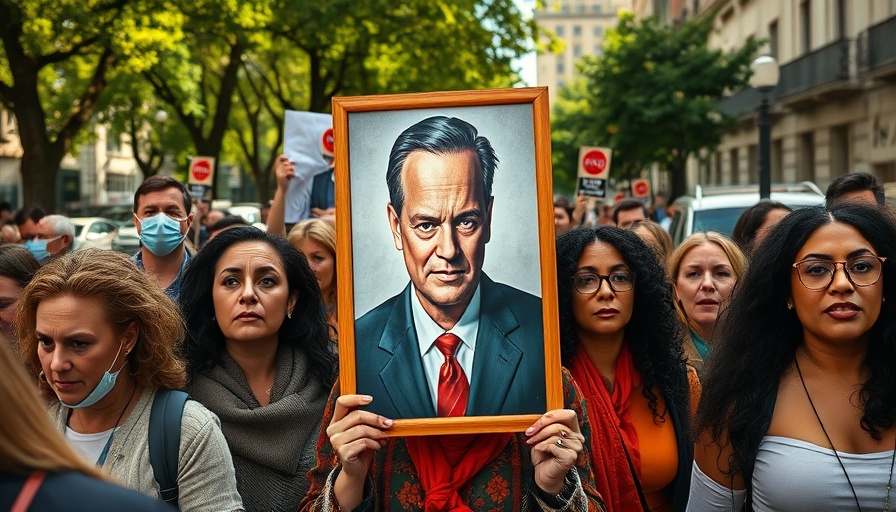
The Crucial Crossroads for Iran’s Supreme Leader
As tensions rise within and outside Iran’s borders, the country’s supreme leader, Ayatollah Ali Khamenei, finds himself facing unprecedented challenges. The recent protests, spurred by economic woes and social injustices, symbolize a broader discontent that threatens to undermine the regime’s stability. It's a defining moment that may determine not only Khamenei's legacy but also the future of the Iranian people.
Historical Context and Background
The current unrest in Iran isn’t spontaneous; it has deep roots in decades of political repression and economic mismanagement. Since the 1979 Islamic Revolution, the Iranian leadership has struggled to balance maintaining strict ideological control while addressing the basic needs of its citizens. Economic sanctions, compounded by global isolation, have stifled growth, leading to skyrocketing inflation and rising unemployment rates. Khamenei’s leadership has faced various challenges over the years, but the convergence of economic despair and political dissent could spell a turning point.
Social Connections of the Issues at Hand
This discontent is felt strongly among the youth of Iran, who continue to mobilize in large numbers, demanding social reforms. The internet and social media play a vital role in these protests, allowing individuals to share their stories and grievances. Activists, often labeled as enemies of the state, are raising awareness on issues ranging from women's rights to environmental concerns. This connection among citizens fuels a common purpose and challenges the traditional mechanisms of control employed by the regime.
Future Predictions and Insights
If the current pattern of protests continues, we may witness significant shifts in Iran’s political landscape. Experts predict that the government may resort to further crackdowns, but such tactics could backfire, leading to more intense dissent. The potential for a reformist movement emerging, similar to those seen in other Middle Eastern countries, cannot be dismissed. A critical question persists: will Khamenei adapt to these changing tides, or will he cling to autocratic grips on power?
Counterarguments and Diverse Perspectives
While many advocate for reform, there are staunch supporters of the regime who believe that Khamenei's leadership is essential for maintaining Iran’s sovereignty. These loyalists argue that Western influences threaten local culture and religion, providing a rationale for continued stringent policies. This dichotomy illustrates the divided sentiments within Iran, complicating the pathway to progress amidst a backdrop of potential violence and unrest.
Relevance to Current Events
These issues are not isolated within Iran; they resonate across the globe, as many nations grapple with internal discord and the pressure of external political scrutiny. The global community is watching Iran closely, as movements for democratic reforms spark discussions on human rights and governmental accountability worldwide. Contextualizing Iran's struggle within this broader narrative may drive international responses and influence future diplomatic strategies.
Decisions You Can Make With This Information
Understanding Iran's volatile situation helps policymakers and businesses in the Bay Area and beyond to gauge economic relations and potential risk factors in trade. Local businesses involved in the tech and oil sectors should stay informed of these developments, as any shifts in policy could impact international contracts and collaborations.
Actionable Insights for Business Leaders
Business leaders should engage with these insights not just for economic reasons but as a reflection of changing consumer behaviors and attitudes. A more socially conscious approach to business—emphasizing corporate social responsibility and sustainable practices—might resonate well with new generations in Iran and abroad, creating opportunities for future collaborations.
In conclusion, as we monitor Khamenei’s response to the burgeoning demands from his populace, leaders in the Bay Area and beyond can use this pivotal moment as an example of the importance of adaptability and responsiveness in their own fields. It’s essential to not only react to the present needs of the community but to also anticipate the future landscape of local and global markets.
 Add Row
Add Row  Add
Add 



Write A Comment